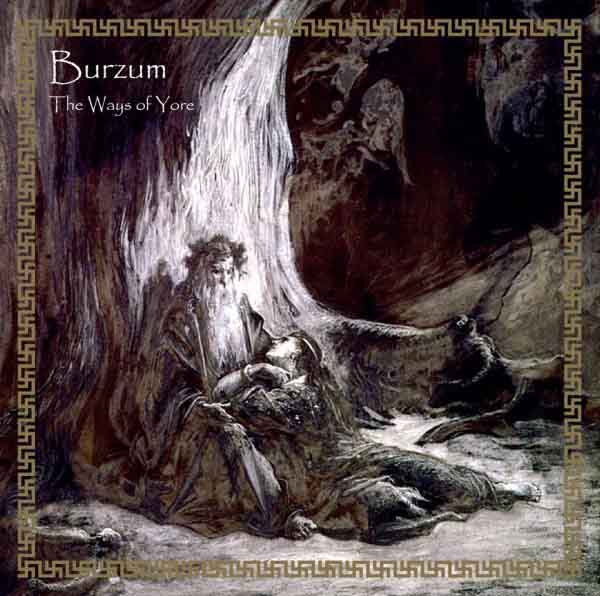
Neoambient gains another stronghold. This genre — constructed of film soundtracks, Dead Can Dance style medievalism, neofolk and dark ambient with some structural ideas from black metal — rose out of the ashes of black metal, with bands like Beherit, Neptune Towers (Darkthrone), Lord Wind (Graveland), Danzig (Black Aria) and Burzum leading. On The Ways of Yore, Burzum integrates organic sounds like vocals and guitar into the cosmic ambient that defined the last album, Sôl austan, Mâni vestan.
The Ways of Yore creates within the same spectrum of music stretching between Dead Can Dance and Tangerine Dream that marked the previous album but with even more of an ambient feel. Songs rely on repetitive patterns with layers of instrumentation and song structures that shift to develop melody or make dramatic contrast enhance the imitation of their subjects. As in ancient Greek drama, poetry and music merge with sole musician Varg Vikernes‘ spoken and sung vocals guiding the progress of keyboard-sample-based music. Melodies refer to each other across the length of the album through similarity and evoke themes from past albums, culminating in “Emptiness” which previously made itself known as “Tomhet” on Hvis Lyset Tar Oss, the album that ended black metal by raising the bar above what others could imitate.
Somber moods prevail throughout this work which mixes melancholy with a sense of reverence for the past. Hearing Varg sing and develop harmonies with his voice shows room for expansion by this creative musician who previously let the guitars do the talking. Guitars show up on later tracks, distorted in the shuddering but mid-tone texture that gave Filosofem its otherworldly sound. Even though songs begin with simple note clusters, they expand to full melodies which match to a cadence and regulate atmosphere. The result demands attention through its conquest of empty space with the barest of sounds but over time reaches an intensity of expectation that resembles a ritual.
What makes people love neoambient is that it obliterates the pace of modernity and replaces it with a reverent, transcendental atmosphere. Burzum takes an approach that aims at a sound older than medieval, a primeval cave-dwelling primitivism that strips away the pretenses of developed culture. Its striking Nordic imagery, including songs to Odinn and Freyja, add to this mystery and the Burzum mythos as a whole. Escaping black metal, while controversial, granted Vikernes a chance to explore the development of melody in silence, and the result serves to expand atmosphere beyond our age to something that is both ancient and futuristic.
https://www.youtube.com/watch?v=FbWMOoFFgLU
31 CommentsTags: Ambient, burzum, dark ambient, neoambient, neofolk, synthpop, varg vikernes
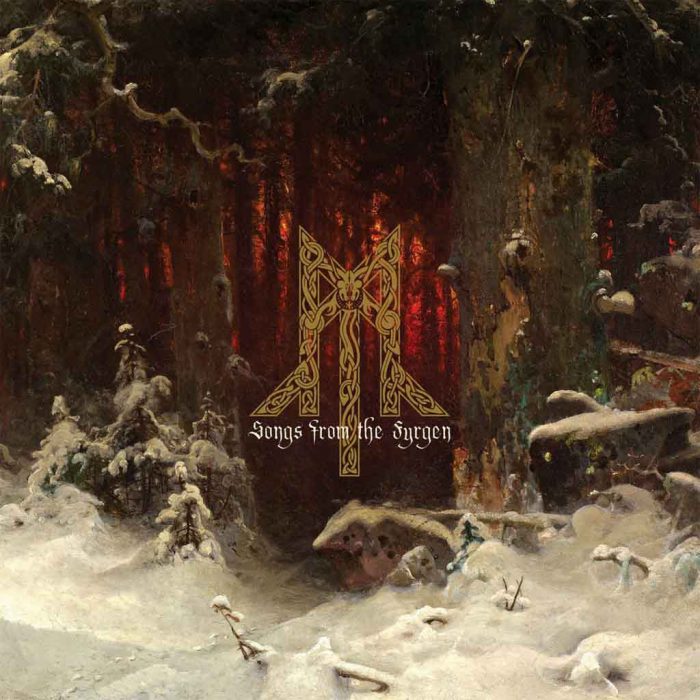
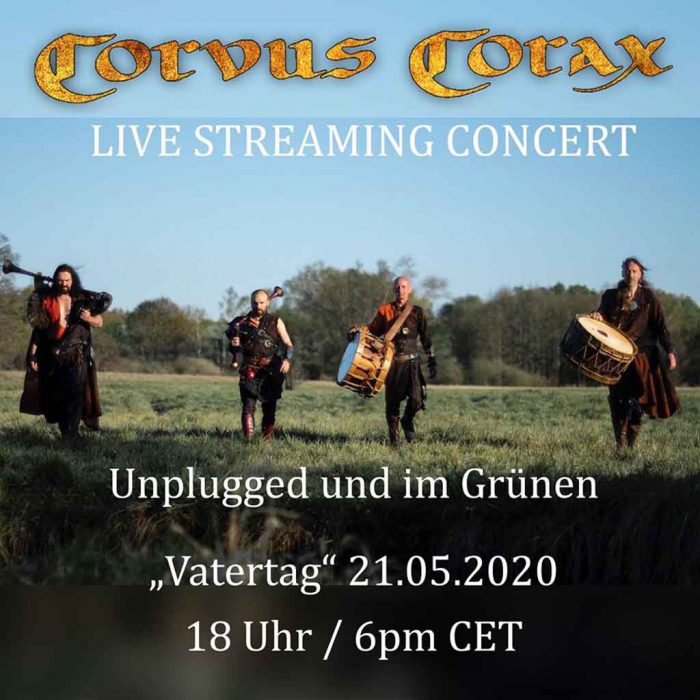
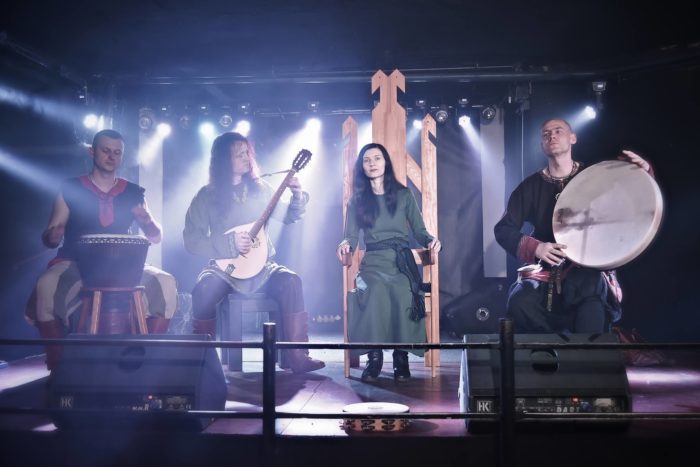
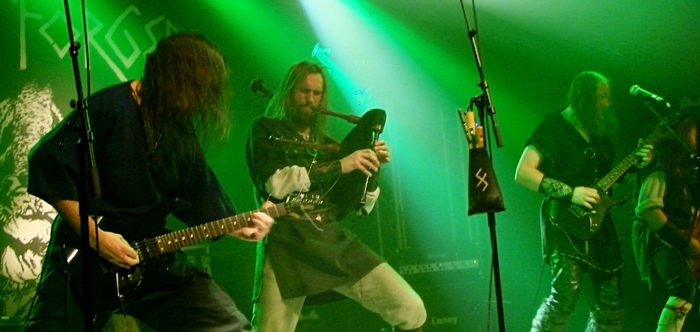
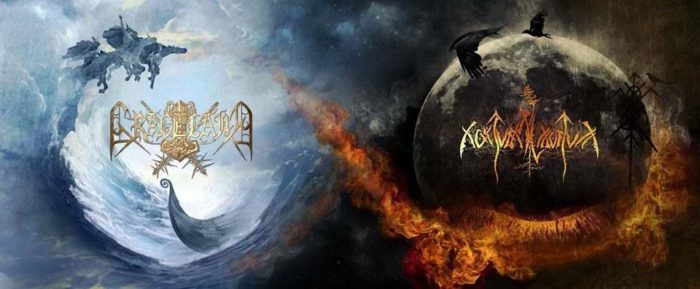
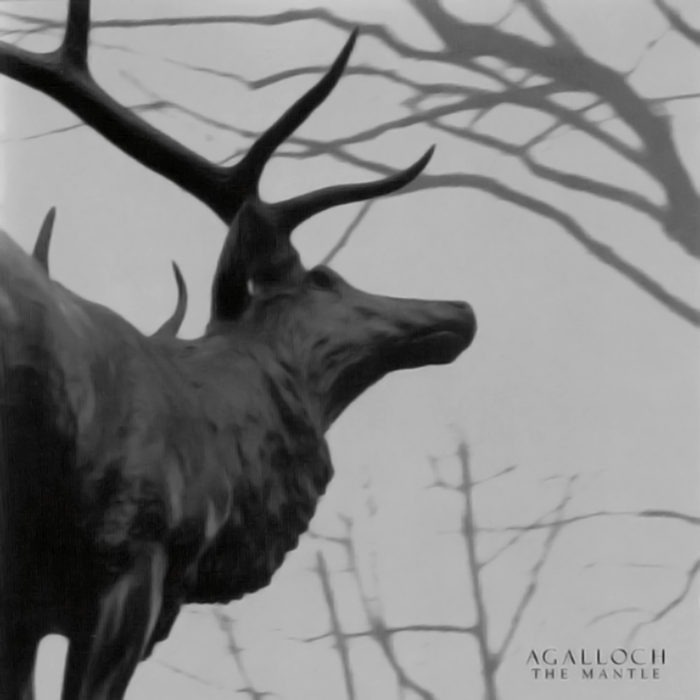

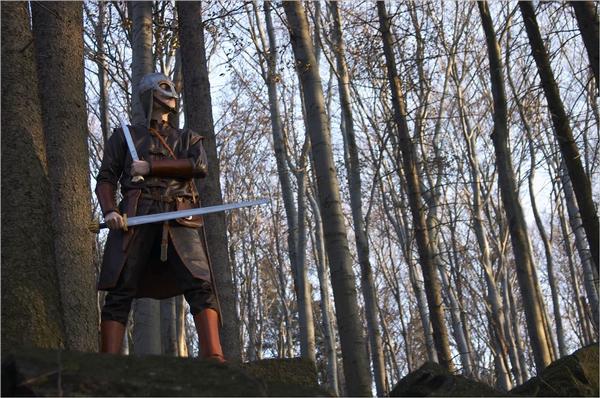
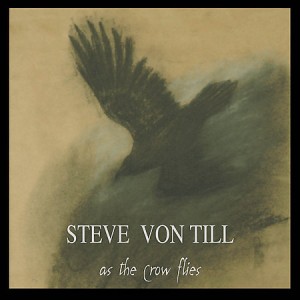 It is one thing to become acknowledged within your genre as a leader. It is still another to reach outside that genre, and become more than an artist, but a sage.
It is one thing to become acknowledged within your genre as a leader. It is still another to reach outside that genre, and become more than an artist, but a sage. 
